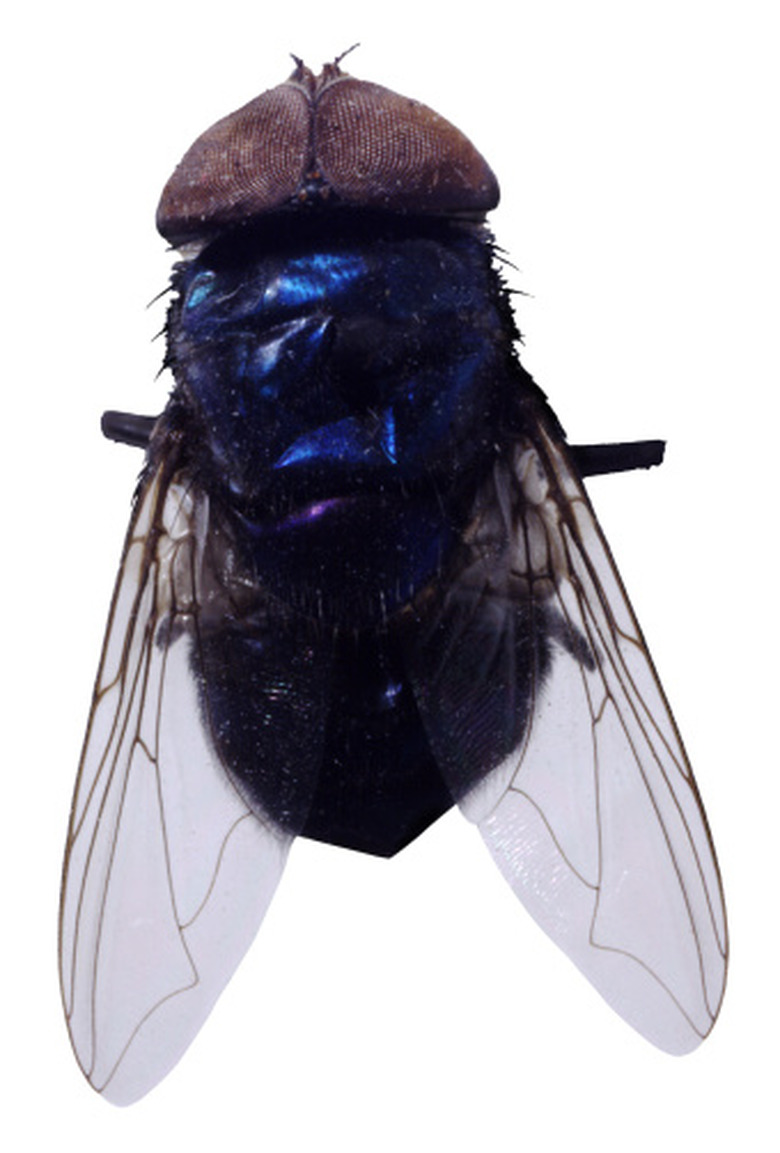How To Kill Blow Flies
Things Needed
- Vacuum
- Newspaper or fly swatter
- Fly strips
- Insecticide fogging spray
Blow flies look similar to regular houseflies except they have shiny bronze, blue, green or black metallic-looking colors on their backs. They are also known as bottle flies. Killing these blow flies is not a difficult task, but it is important to use the correct methods to prevent re-infestations.These flies feed on decomposing organic matter. Animal manure, poorly maintained compost, decaying vegetables and grass clippings also provide them with food.
Step 1
Vacuum up any pupae or maggots you spot in your home. The maggots resemble small white or yellow worms with pointed heads. Discard the vacuum cleaner bag immediately in a well-sealed trash bag outdoors to prevent re-infestations.
- Blow flies look similar to regular houseflies except they have shiny bronze, blue, green or black metallic-looking colors on their backs.
Step 2
Swat the blow flies with a rolled up newspaper or fly swatter. This is the least expensive method, although it may be a challenge to actually hit the fly.
Step 3
Hang sticky fly strips in your window areas. Tie back the draperies to prevent the fabric from sticking to the paper. This is a non-toxic method and the fly strips are available at discount, hardware or grocery stores. The light from the windows attracts these insects to the area.
Step 4
Purchase an insecticide "bomb" or fogging spray that is formulated for flying pests. This method is only effective for exposed flies, therefore any flies that show up later won't be killed.
- Swat the blow flies with a rolled up newspaper or fly swatter.
- Purchase an insecticide "bomb" or fogging spray that is formulated for flying pests.
Tip
Use mouse traps in your home if you are having trouble with mice. This allows you to discard the mouse carcass as soon as you kill it. If a mouse ingests a poison, the rodent may crawl into an area inside your walls to die. This provides a food source for blow flies. Prevent blow flies by emptying your trash bins on a regular basis and keeping your home clean. A single female can lay thousand of eggs during the lifespan of two months. The eggs hatch within five days, but may hatch within 24 hours in humid, warm temperatures. The maggots fully develop within 10 days.
